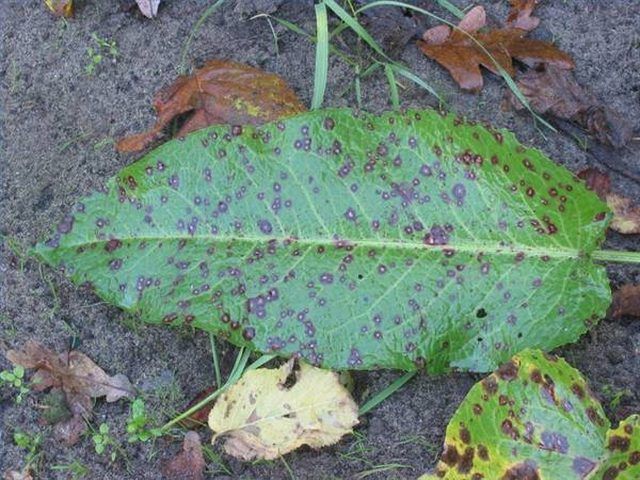Bulbs
Flower Basics
Flower Beds & Specialty Gardens
Flower Garden
Garden Furniture
Garden Gnomes
Garden Seeds
Garden Sheds
Garden Statues
Garden Tools & Supplies
Gardening Basics
Green & Organic
Groundcovers & Vines
Growing Annuals
Growing Basil
Growing Beans
Growing Berries
Growing Blueberries
Growing Cactus
Growing Corn
Growing Cotton
Growing Edibles
Growing Flowers
Growing Garlic
Growing Grapes
Growing Grass
Growing Herbs
Growing Jasmine
Growing Mint
Growing Mushrooms
Orchids
Growing Peanuts
Growing Perennials
Growing Plants
Growing Rosemary
Growing Roses
Growing Strawberries
Growing Sunflowers
Growing Thyme
Growing Tomatoes
Growing Tulips
Growing Vegetables
Herb Basics
Herb Garden
Indoor Growing
Landscaping Basics
Landscaping Patios
Landscaping Plants
Landscaping Shrubs
Landscaping Trees
Landscaping Walks & Pathways
Lawn Basics
Lawn Maintenance
Lawn Mowers
Lawn Ornaments
Lawn Planting
Lawn Tools
Outdoor Growing
Overall Landscape Planning
Pests, Weeds & Problems
Plant Basics
Rock Garden
Rose Garden
Shrubs
Soil
Specialty Gardens
Trees
Vegetable Garden
Yard Maintenance
How to Cure Black Spots on Plants
How to Cure Black Spots on Plants. Leaf spot is a condition caused by fungus and bacteria that result in dark, black splotches to form on the leaves of infested plants. These spots are mainly a cosmetic issue, but severe cases can be detrimental to the plants health. Luckily, it is easy to cure black spots on plants using homemade antibacterial and...

Leaf spot is a condition caused by fungus and bacteria that result in dark, black splotches to form on the leaves of infested plants. These spots are mainly a cosmetic issue, but severe cases can be detrimental to the plants health. Luckily, it is easy to cure black spots on plants using homemade antibacterial and fungicidal solutions to kill the spots at their source.
Things You'll Need
Apple cider vinegar
Lawn and garden sprayer
Water hose
Baking soda
Vegetable oil
Castile soap
Elder leaves
Minced garlic
Mineral oil
Fish emulsion
Milk
Combine 3 tbsp. of apple cider vinegar with 1 gal. water in a lawn and garden sprayer. Spray the plants with the vinegar mixture every morning until the black spots disappear.
Spray down the infested plant with water from a water hose. This will loosen the fungus's hold on the plant. Mix 1 tbsp. baking soda, 2 1/2 tbsp. vegetable oil, 1/2 tsp. of castile soap and 1 gal. water in a garden sprayer. Thoroughly cover the plants with the mixture once weekly until the spots dissipate.
Simmer 8 oz. of elder leaves in 16 oz. of water for 30 minutes. Strain the leaves out and combine the liquid with 1 tbsp. of castile soap and 16 additional ounces of water. Mix well and apply to afflicted plants and spray once weekly until the black spots are cured.
Mix 3 oz. minced garlic with 1 oz. mineral oil and let it soak for one full day. Strain the garlic out and save the garlic oil in a glass container. Combine 1 tsp. fish emulsion with 16 oz. water and store in a glass container. Mix 2 tbsp. garlic oil with 1 oz. fish emulsion and spray on afflicted plants to cure black spots.
Combine one part milk with one part water in a lawn and garden sprayer. Spray the infested plants with the mixture once every three to four days to get rid of black spots. Similar to apple cider vinegar, the milk changes the acidity of the surface of the leaves, making it harder for black spots and fungus to take hold and live on the plant.
Tips & Warnings
A spray bottle can be used in place of a lawn and garden sprayer and may be more suitable in situations involving smaller plants.
Don't allow children or pets to come in contact with the solutions listed. Remove them from the area before spraying and keep them out for several hours after.